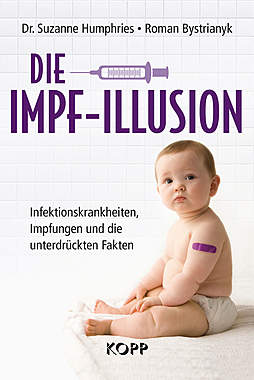-->Winter Shortfall:
$5,500 Per Home
The blow to our consumer economy is already being felt at the retail level, as I implied here yesterday. How much worse might things get? My friend Doug at Merrill Lynch calculates that, compared to last winter, the average household will face an increase in non-discretionary spending of at least $700 per month, or $3,500 for the five-month period. That’s based on a $175 surcharge for gasoline, $150 for heating fuel, and $375 for interest. The last figure assumes $12,000 of credit card debt, on average; a doubling of minimum monthly payments in accordance with the new bankruptcy law; and an average $65,000 of debt subject to variable rates. These are rough estimates, but if you substitute your own household numbers you might conclude that Doug’s are relatively conservative.
To put the impending squeeze on consumption in perspective, consider that the median household income is $42,000, or roughly $32,000 after taxes. That’s barely getting by, at best. Actually, it is not quite getting by, since, on average, the median household has been spending $34,000, implying an annual shortfall of $2,000. How have we managed this feat? Mainly by borrowing the difference, using the inflated value of our homes as collateral.
Now, unless mortgage rates fall anew, and significantly so, don’t expect cash-out refi’s to put meaningful slack back in the equation. Unless money is about to fall from the sky, the total income shortfall this winter will average $5,500 per household. The important thing to note is that, although purveyors of goods and services are certain to take a huge hit this winter, the stock market has yet to discount this fact. Caveat emptor.
<ul> ~ http://www.rickackerman.com/382.html</ul>
|
 Thread-Ansicht
Thread-Ansicht

